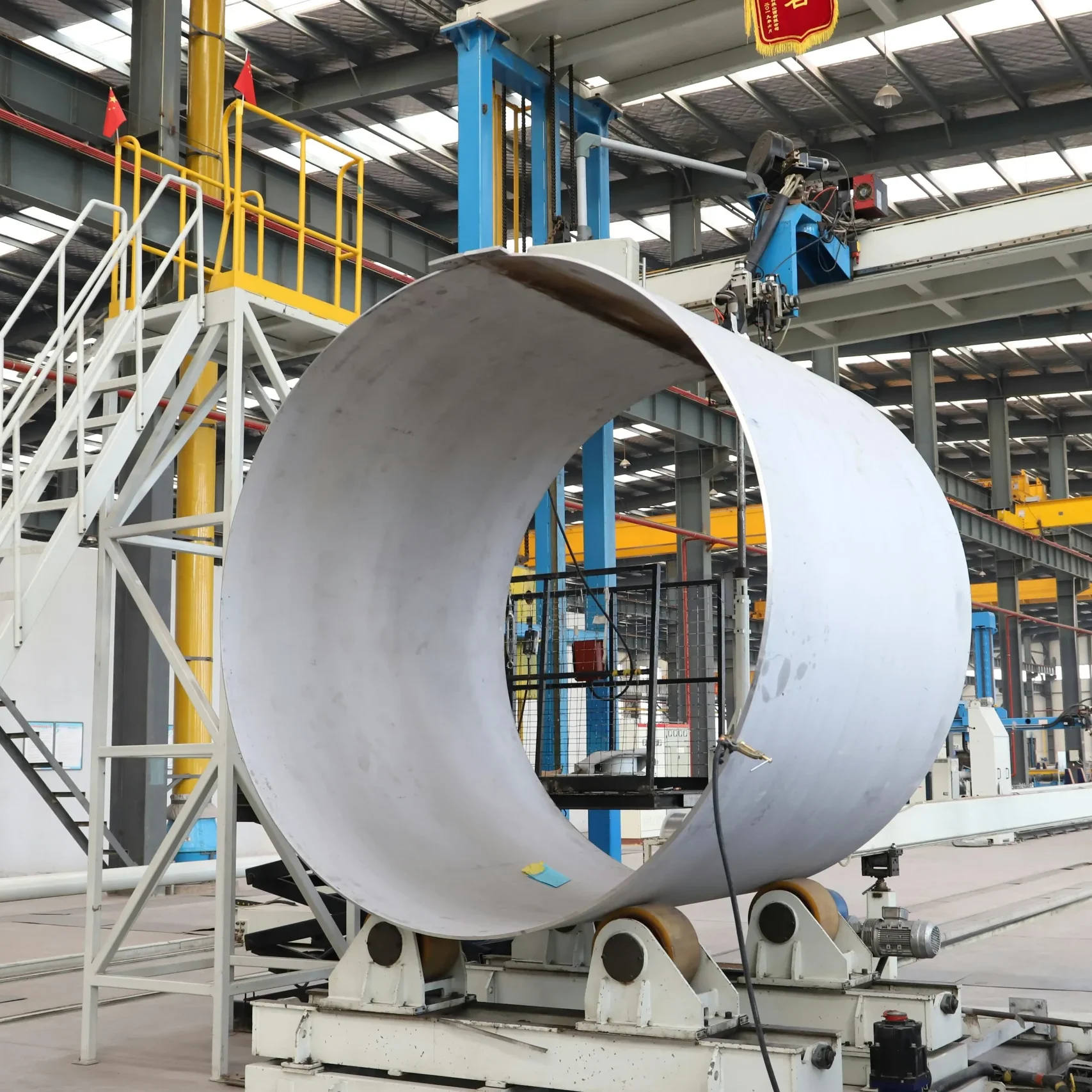Companies in the technology sector are often faced with a difficult decision: buy an FPGA IP Core, or create it in-house?
BUY VS BUILD choice
Perhaps the most important phase of the Buy vs. Build decision process is the early-stage determination of the feasibility of the two paths. Once it is determined that both Buy and Build options are viable, choosing a path forward is ultimately a strategic investment decision. Generally, as it relates to the determination of quantifiable impacts, the process involves assessing and comparing the net present value of the two options. The mechanics of this modeling exercise require the formulation of several key inputs. An understanding of the capabilities of potential target projects is critical to evaluating the practicality of a Buy strategy.
Time to market
One of the most critical key inputs is the development of a forecast horizon, which is likely to be a function of the time-to-market advantage of a buy decision vs. building. Considerations affecting time to market and revenue generation include the time required to create the IP/product in the Build scenario and the time required to build a strong infrastructure for integration, verification, and maintenance. Development uncertainties and unexpected R&D impediments may affect the validity of the timeline evaluation. The ‘Buy’ scenario provides accessible solutions that include a strong infrastructure basis. This option enables more precise and educated timeline assessment which shortens the time to market the product and also de-risks that portion of the project from being critical path in the release of the new product.
Financially, if internal resources are limited, purchasing IP provides a go-to-market path that reduces schedule risks and allows for revenue generation for profits to be realized earlier.
Further, market momentum and the technology adoption cycle should be assessed when evaluating the time-to-market advantage of a buy decision and the relative disadvantage of a build decision.
Costs
Build scenario inputs will likely include the direct and indirect costs necessary to create the IP and the rate of market penetration once completed. Build-related risks could include the risk of technological failure, the risk that in-house skills are ultimately not aligned with the task, or even the notion that cost and revenue projections in this scenario are likely to include a greater margin of estimation error than the projections used in a Buy scenario. The ‘Buy’ scenario is typically priced based on a set fee schedule and it can be easier to predict the costs. However, additional costs should be taken into account when considering the Buy scenario. Ongoing license fees associated with continued access to the IP, maintenance, and customizations are a few examples that may affect the costs.
Feasibility
When deciding whether to Build or Buy goods or services, one must consider the feasibility of each option. The first consideration for managing the risk of a make-or-buy decision is whether there are the internal resources and skills for internal production available. Building IP applications is a complex process that often requires exceptional expertise, a deep understanding of standards, strong documentation and QA infrastructure, and a lot of experience. Purchasing services from a professional external supplier gives you the option to leverage external expertise and access specialist skills and knowledge.
Impact
One of the most important key inputs to consider is the Build-or-Buy decision’s impact on the firm’s resources and operations. The ‘Make’ scenario has more unknown costs besides time to market. It may not include employee turnover, learning curves, experimentation as well as task restructuring internally. Many times, companies maneuver resources and do not keep a dedicated team to improve the technology. Supporting the technology later can result in further unexpected costs. The build scenario also includes operational costs and ongoing maintenance. Unpredictable impediments related to the development process might challenge several aspects of the operations risking the financial performance and professional image.
Conclusion
In summary, opting to buy intellectual property may provide a faster route to market with predictable costs, while building in-house could offer greater control and customization. However, purchasing IP eliminates the need for extensive development processes and associated risks, potentially leading to quicker revenue generation and reduced operational complexities. Ultimately, the decision depends on the company’s specific circumstances and strategic goals within the technology sector.




